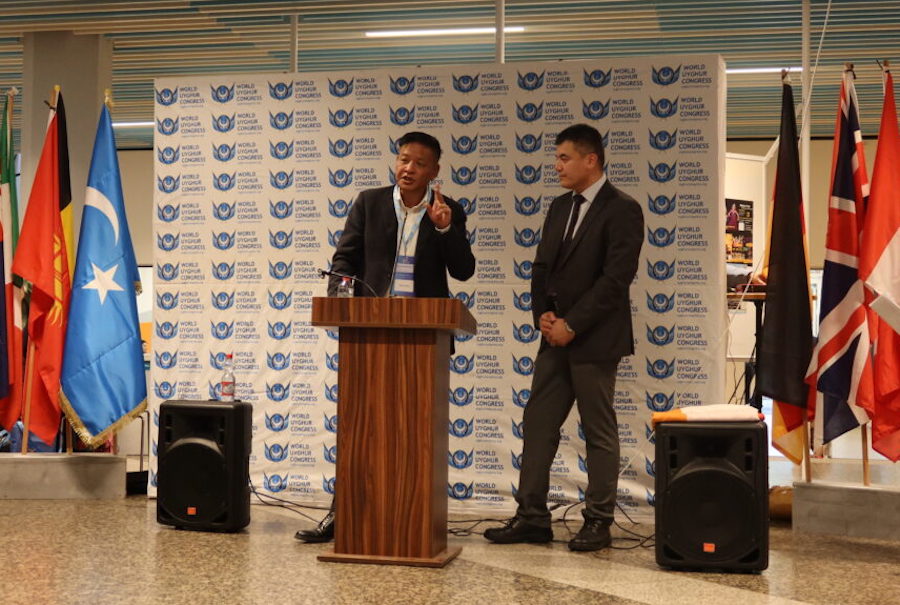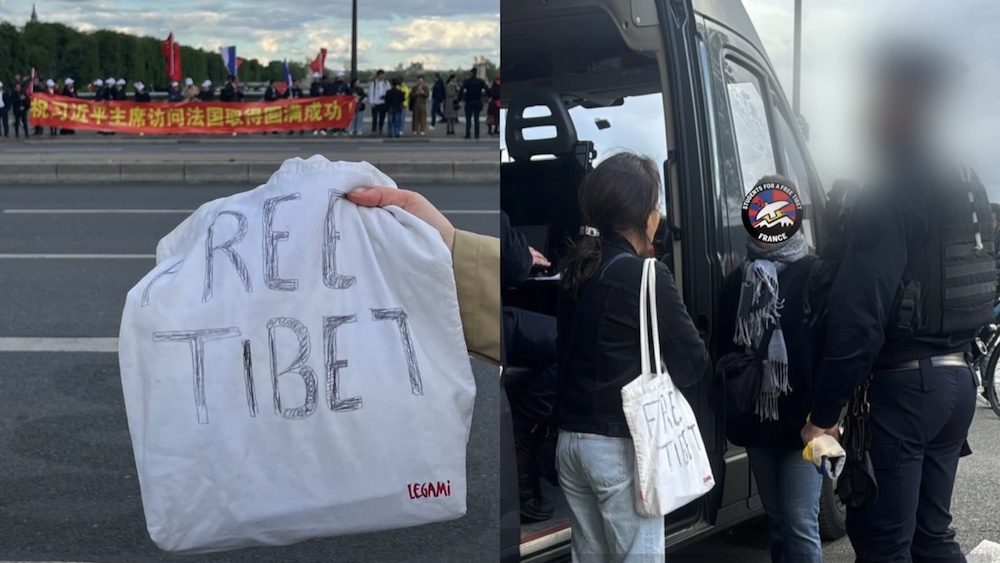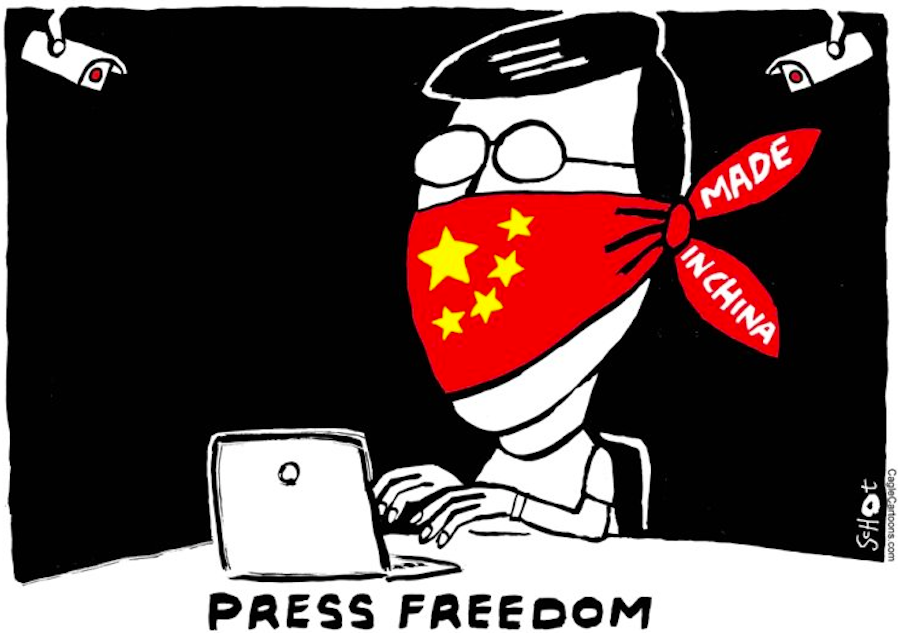By James J Przystup
The big question is whether today’s cooperation between China and the US will prove to be no more than a diversion from Asia’s enduring strategic reality — China’s emergence as the region’s dominant power
For over a decade, American strategic thinking has focused on China’s emergence as a great power in East Asia. Such thinking is passé. China already is East Asia’s great power.
While America has struggled in Iraq this year, China has spent it on a diplomatic goodwill offensive in Asia. The result? In October, one day after President George W Bush was booed in Australia’s parliament, Chinese President Hu Jintao received a standing ovation from the same parliamentarians. China’s emergence as Asia’s dominant power, and the overall regional balance of power, are now matters that governments across the Pacific must reckon with carefully.
To be sure, the US remains Asia’s power broker, as it has been since the end of WWII. But diplomacy regarding the Korean peninsula, in which all roads lead to Beijing, has opened the door to China as the new ‘go-to’ guy. Indeed, the six-party meetings in Beijing earlier this year to discuss North Korea’s nuclear challenge confirmed China’s emerging great power status, which is also reflected in its increasingly active — and effective — Asian diplomacy.
This includes even Japan, China’s traditional rival. This past May, Chinese President Hu Jintao met with Japan’s Prime Minister Junichiro Koizumi in St Petersburg, Russia. Hu’s move lifted bilateral relations out of the deep freeze, where China’s previous leadership had consigned them following Koizumi’s repeated visits to the Yasukuni Shrine, where the spirits of Japan’s war dead, including Class A war criminals, are enshrined.
Unlike former Chinese president Jiang Zemin, whose history lectures irritated Japan’s postwar generations, Hu focused on the future, avoiding the dreaded ‘Y’ word in the meeting with Koizumi. The Japanese media took note.
In August, Japan’s Chief Cabinet Secretary, Yasuo Fukuda, attended ceremonies in Beijing marking the 25th anniversary of the China-Japan Friendship Treaty. At the same time, China’s Foreign Minister, Li Zhaoxing, travelled to Tokyo. In September, Japan’s Defence Minister visited China, resuming high-level defence contacts.
If all goes well, a Koizumi visit to China may be in the offing. Koizumi has long sought an official visit, only to be stymied by Chinese opposition to his Yasukuni visits.
His interest is understandable. Last year, Japan’s imports from China surpassed those from the US for the first time, while annual exports to China soared by 39.3 per cent. Even as the SARS epidemic raged in China, Japanese companies kept their long-term investment bets on the promise of low-cost Chinese labour.
China has been equally active to its south and west. In June, during the ASEAN Summit in Phnom Penh, China announced that it will sign the 1976 Treaty of Amity and Cooperation, ASEAN’s founding document.
China’s accession to ASEAN represents a major confidence-building step toward Southeast Asia. It follows China’s 2001 proposal for a China-ASEAN free trade area and its active financial support for Thailand and Indonesia during the 1997-98 Asian Financial Crisis. Talk of a ‘strategic partnership’ is in the air.
Meanwhile in South Asia, after hosting Indian Prime Minister Vajpayee in Beijing, China and India signed a Declaration on Principles for Relations and Comprehensive Cooperation. India acknowledges in the document that Tibet is part of China and proscribes anti-Chinese activities by Tibetans from Indian soil. In November, the first ever India-China joint naval exercises were held off the Chinese coast.
If the US is looking to develop a post-Cold War strategic relationship with India to counter Chinese influence in South and Southeast Asia, the recent China-India agreements suggests that an alternative strategic calculus may exist in both China and India. The US must recognise that, while the countries of the region look to the US to balance — or at least leaven — China’s growing influence, they are unlikely to be interested in getting caught up in any containment strategy.
For now, US and Chinese interests coincide on the war on terrorism, on a peaceful resolution of the nuclear question on the Korean peninsula, and on stability in East Asia. Over the long-term, however, accommodation will be difficult on issues like Taiwan, Korean reunification, and the future of the US alliance structure in Asia. Moreover, on the fundamental issue of freedom — “the non-negotiable demand of human dignity,” in the words of the Bush administration’s National Security Strategy — American and Chinese visions conflict.
Clearly, the war on terrorism presented China with opportunities to strengthen both its relations with the US and its ties with nations across the Pacific. The big question is whether today’s cooperation between China and the US will prove to be no more than a diversion from Asia’s enduring strategic reality — China’s emergence as the region’s dominant power.
The safest bet is that Asia’s realities outlast the war on terrorism, and that after Afghanistan and Iraq, when the US refocuses on Asia, it will find a very different China in a much-changed region. —DT-PS
James J Przystup is Senior Research Fellow in the Institute for National Strategic Studies, US National Defense University. He served on the Policy Planning Staff in the State Department and the Policy Planning Staff of the Secretary of Defense during the first Bush administration. The views expressed are his own









